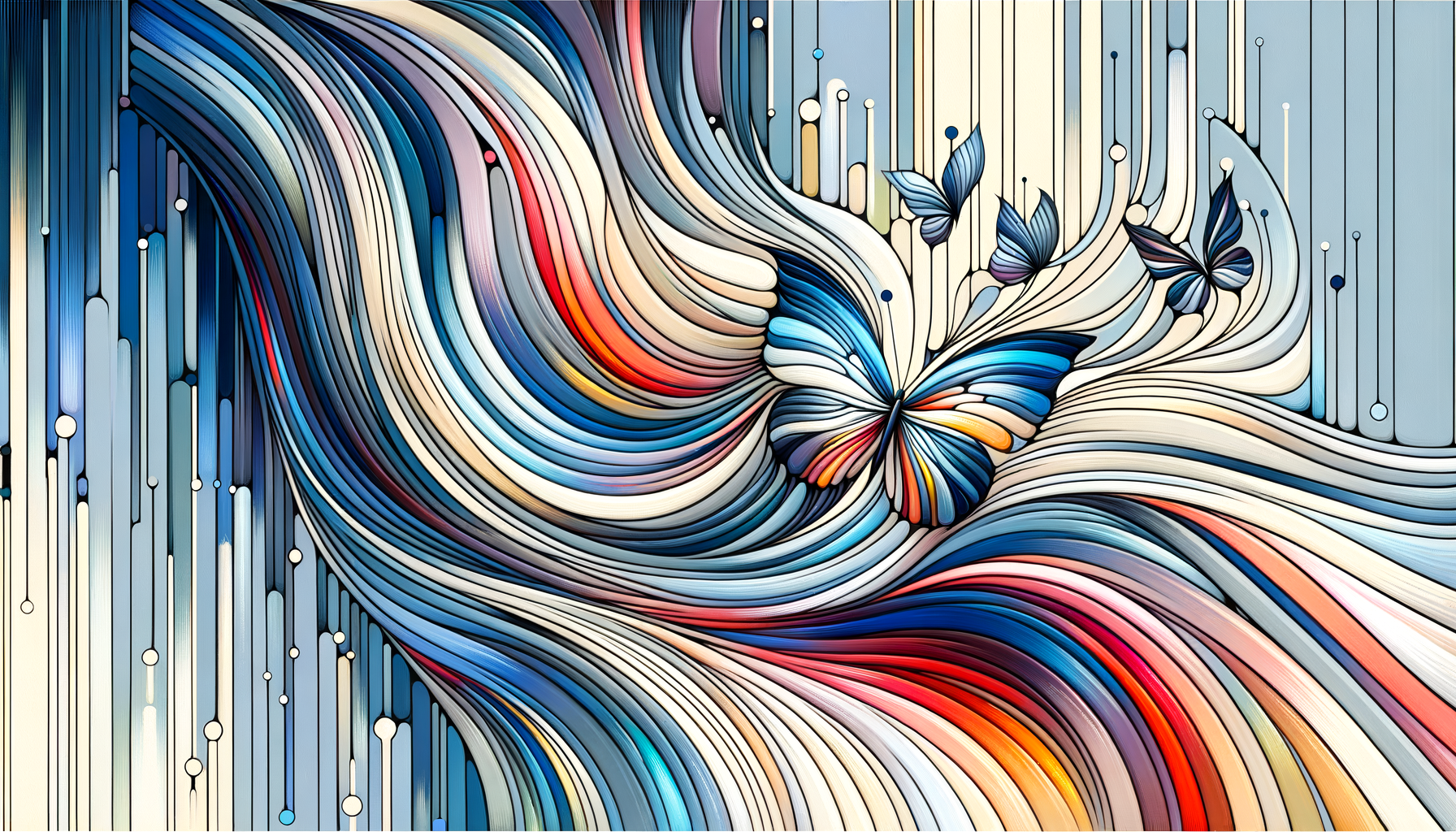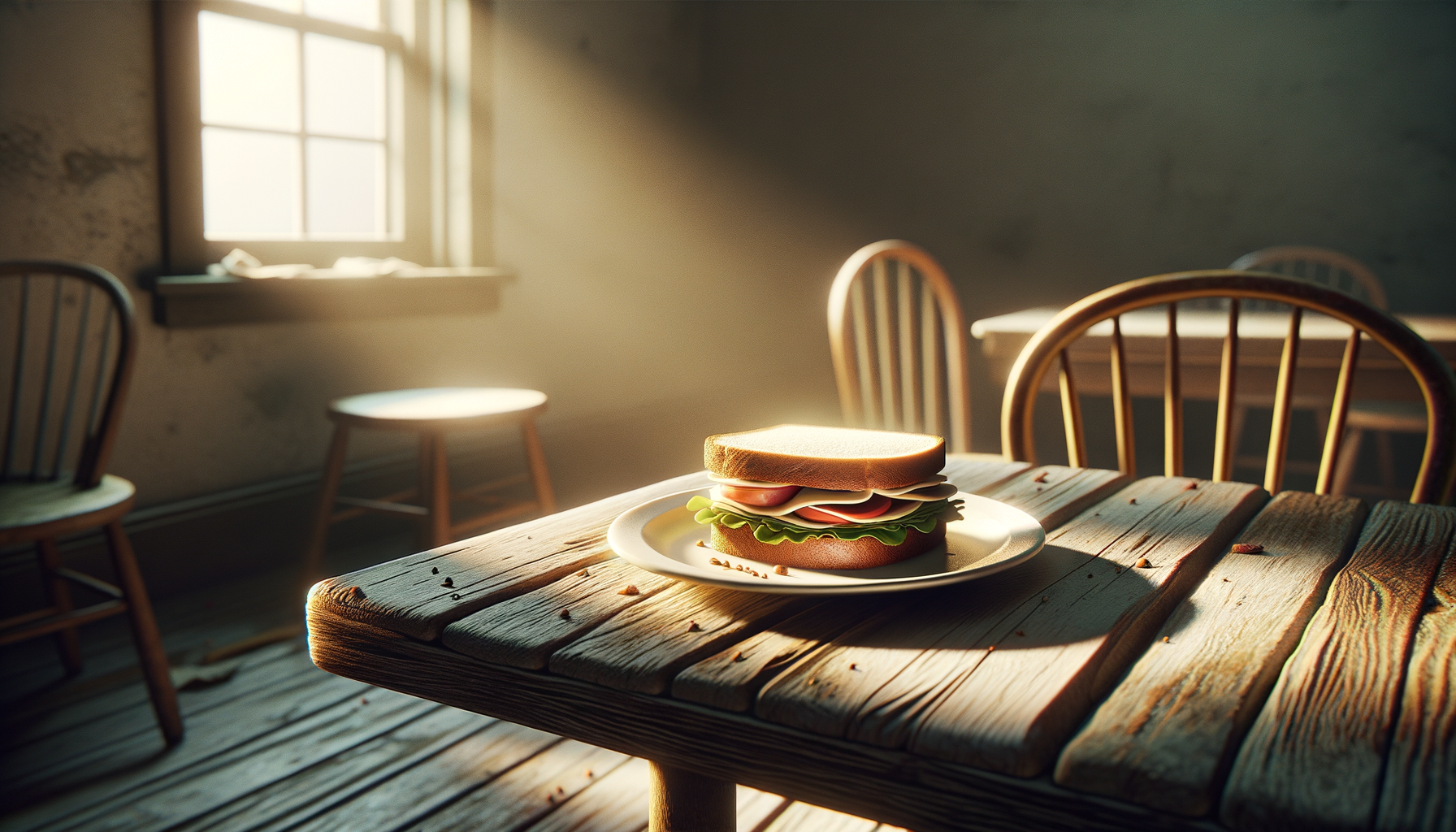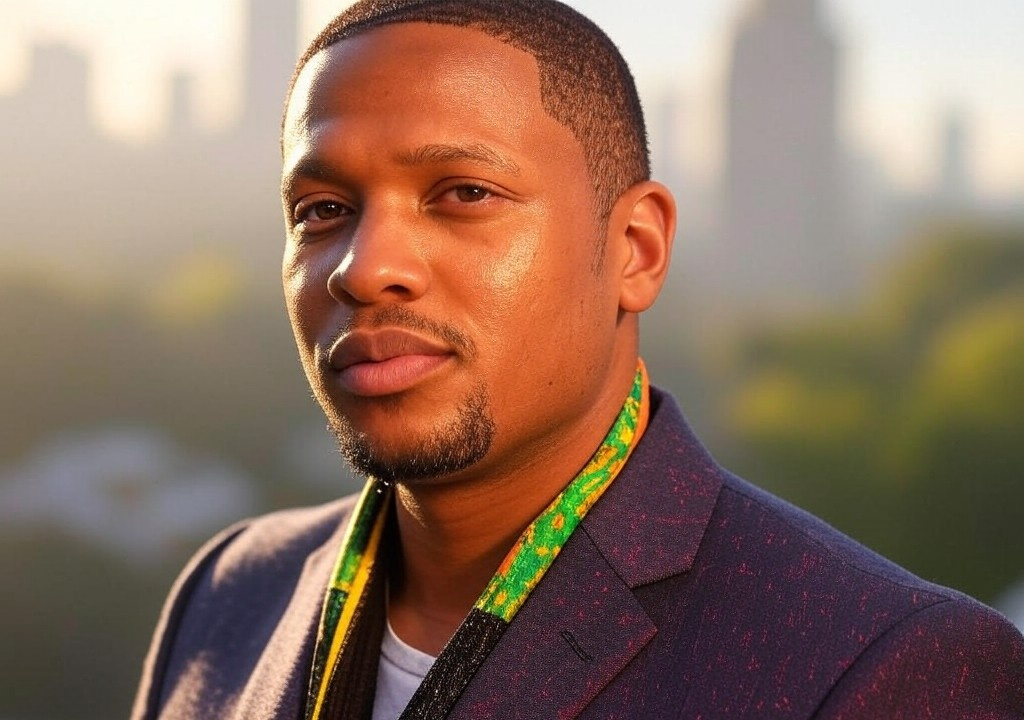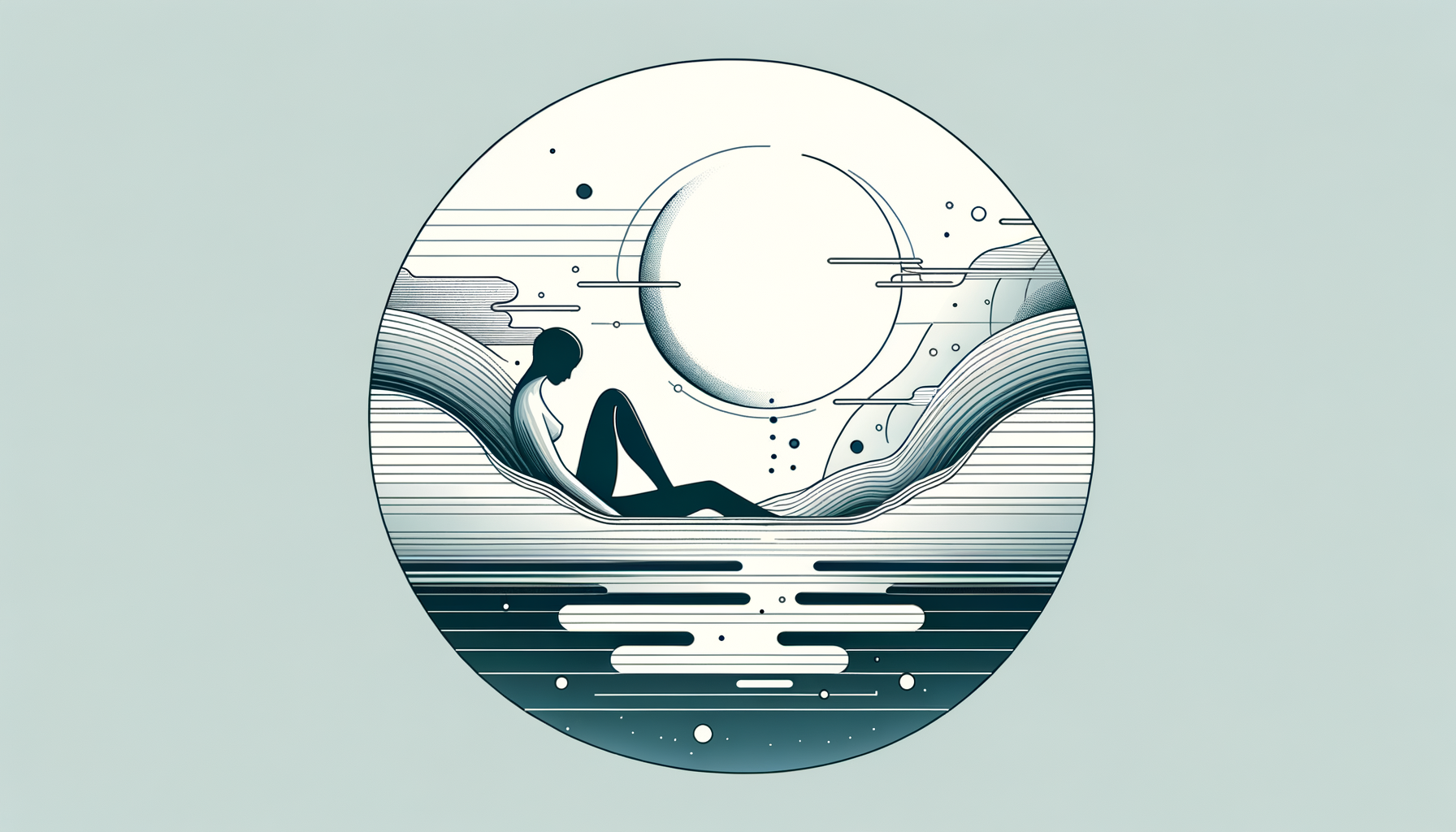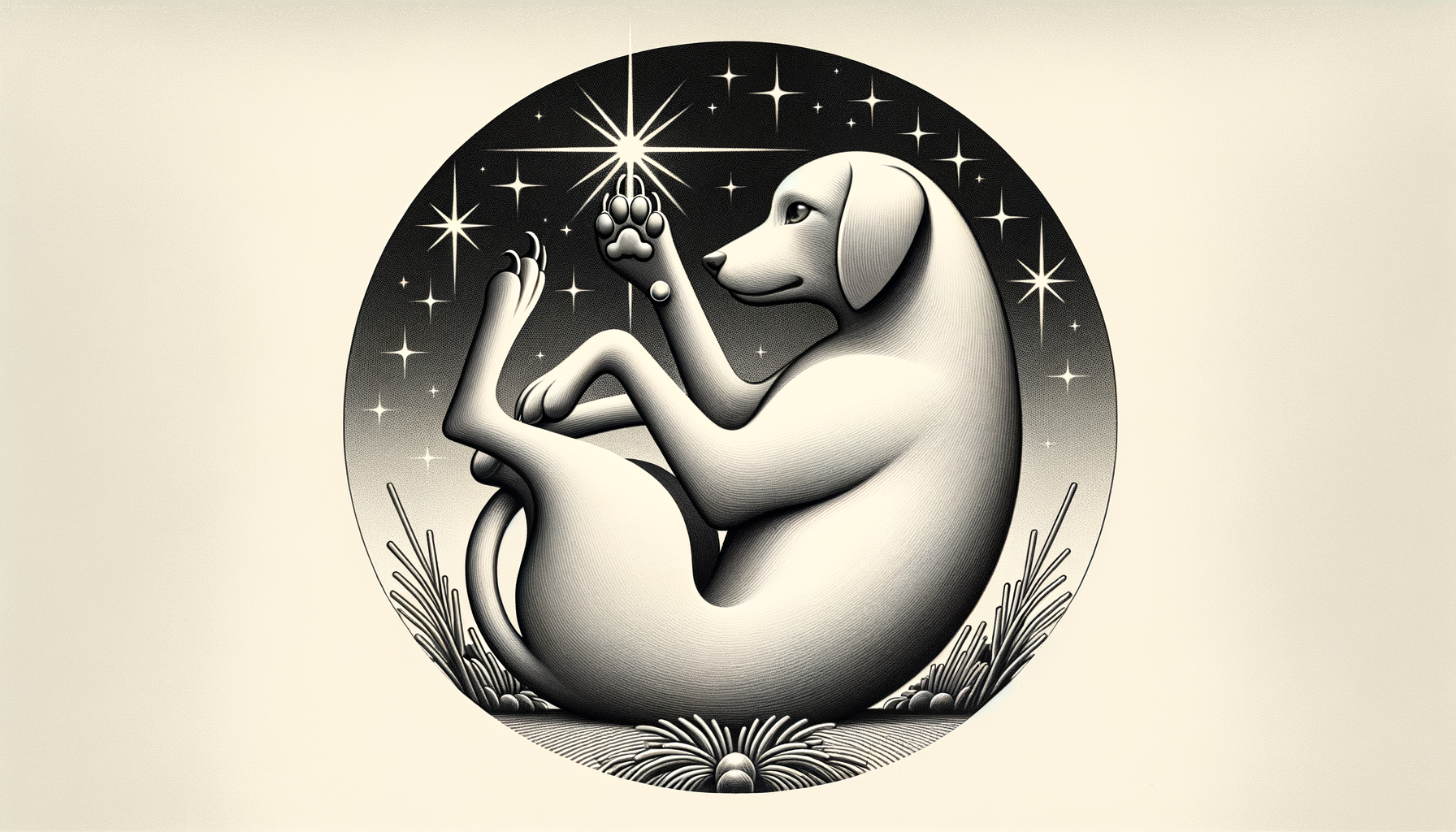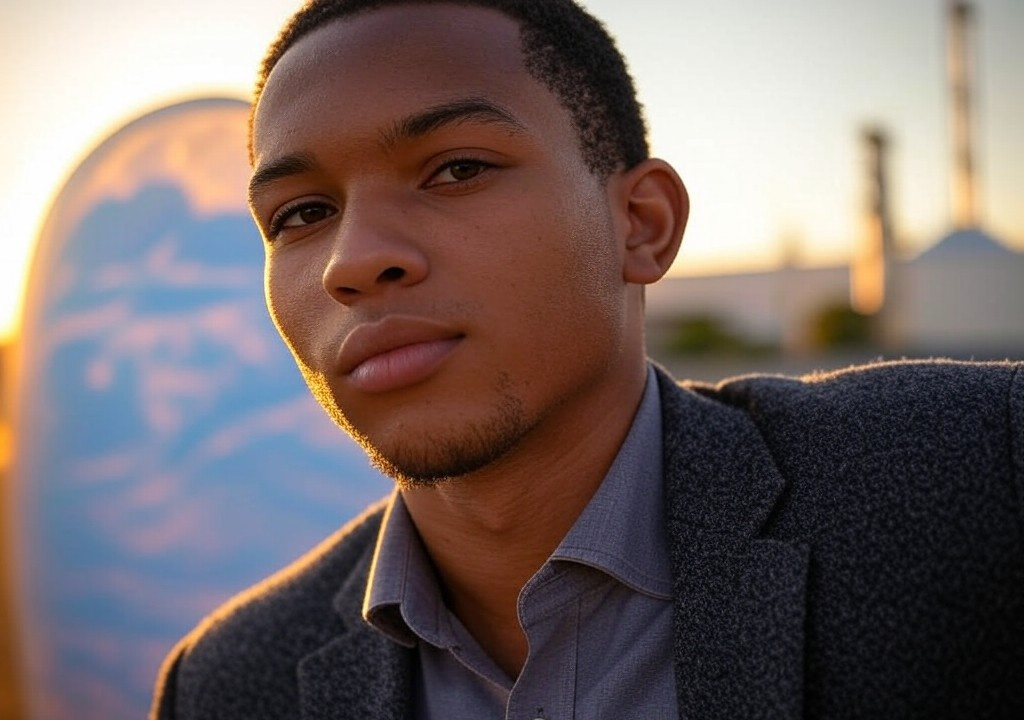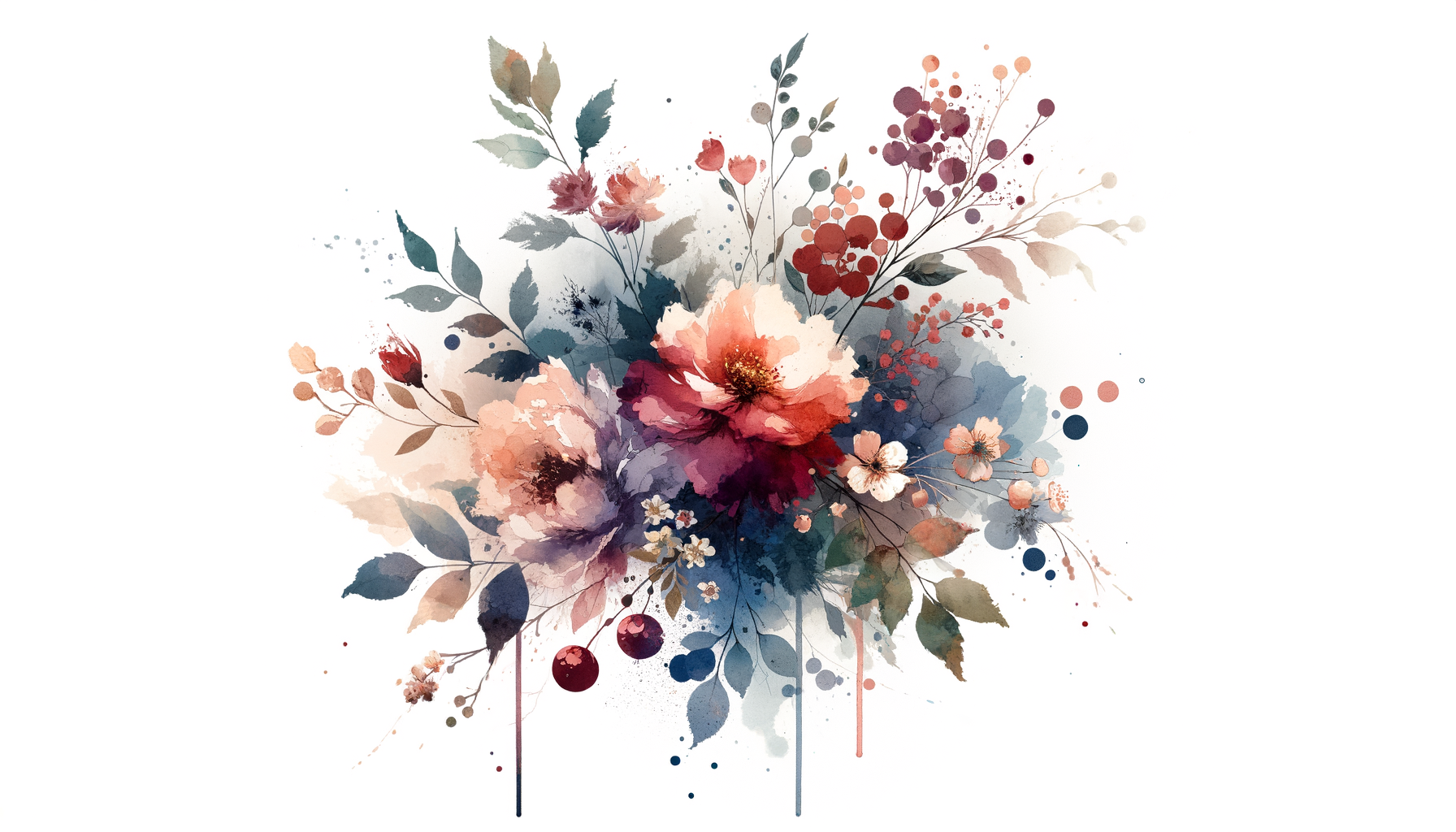I remember the first time my name appeared in print. Not in a yearbook—although I did get “Most Likely to Quote A Song Lyric in Conversation”—but in an actual publication, surrounded by ads for overpriced watches and dubious weight loss products. My first byline. The moment I saw it, it felt like a rom-com montage: cue the swelling music, gratuitous celebration, and some guy sensibly nodding in admiration from a Parisian café. Except I wasn’t in Paris—I was in Toronto, in my roommate’s basement apartment, using a Wi-Fi connection that was like trying to get directions from someone yelling across the street. Less glamorous, sure, but no less exhilarating.
The Headline That Changed Everything
The piece itself? Not exactly the stuff of legends. It was a profile on a corner shop owner and his love of collectible spoons. (Spoiler alert: the man had opinions about teaspoons that could fill an entire season of a true crime podcast.) I pitched the story thinking I’d unveil great urban truths about the quietly extraordinary lives we rush past every day, but mostly, it just taught me how weirdly competitive the world of antique utensil trading can be.
Still, spoon politics aside, I was giddy. I couldn’t stop glancing at that byline as if I were making sure it hadn’t vanished. It was like the first time a crush likes your selfie—you look at your phone every few minutes for proof it wasn’t some cruel Wi-Fi glitch.
What Seeing My Name Meant
My byline wasn’t just ink on paper or pixels on a screen—it was validation. I was a 22-year-old fresh out of university, still figuring out whether adulthood required owning more than four forks. And there it was: my name, followed by 600 words about spoons. In my youthful optimism, it felt monumental, like graduating from “wannabe writer” to “hey, maybe I can actually do this for a living!”
It’s not unlike dating, really. The way that first spark—whether it’s a great conversation or an unexpected meet-cute—can convince you that maybe, just maybe, you’re doing something right. Even if it’s the tiniest flicker of hope, it’s enough to keep you in the game, putting yourself out there, risking laughter over your missteps (or, in my case, overusing the phrase “subtle artistry” to describe spoon design).
Lessons From My First Byline
In the years since, I’ve had bylines in bigger, shinier publications, but that first one still holds a special place in my heart. Why? Because it taught me the lessons that would follow me through my career—and, oddly enough, apply to relationships too.
1. Start Small, Learn Big
When I first pitched the story, I felt a pang of shame. A spoon collector? Seriously? I half-expected to be laughed off the editor’s inbox as the guy who clearly needs a hobby. Turns out, not every pitch has to be groundbreaking—sometimes, it just needs to work. Real-life connections, much like writing opportunities, often start quietly. Not every date will be fireworks and epic spoilers. But those quieter moments can teach you a lot: how to be curious, how to listen, how to ask better questions.
2. Be Ready to Rewrite
I rewrote that article maybe ten times. My first draft was tragically overwritten—think “stream of consciousness” meets “literary pretentiousness.” I’d referenced Greek mythology to describe teaspoons. I can’t make this up. Thankfully, my editor was kind enough to suggest a radical approach: just tell the story. Getting it right took effort. Similarly, relationships rarely come in one perfect draft. You learn to rework and refine—to adjust expectations without losing yourself in the process.
3. Celebrate (Even If It’s Small)
When the piece finally went live, I treated myself to a celebratory coffee from one of those indie cafés where latte art competes for a place in the Louvre. Looking back, it was such a small moment—a coffee to commemorate words on a page—but it mattered. Too often, we wait for something “worthy” of celebration and downplay the other wins. That early moment of joy? It nudges us forward. Same goes for love. Celebrate the tiny victories—whether it’s sharing a belly laugh over your combined inability to assemble IKEA furniture or mapping out legendary takeout spots together.
From Sporks to Sparks
Here’s the funny thing about that first byline: it didn’t launch my career. The article didn’t go viral. Spielberg didn’t option it for a feel-good movie. What it did was show me that I could put my work out there and not spontaneously combust from fear. I could take something that mattered to me, shape it into a story, and send it into the world. It wasn’t perfect, but it was mine.
Dating works much the same way. Your first attempts might feel as awkward as that high school dance where you debated the line between “leaning in” and “falling over.” But they’re uniquely yours—a reflection of where you’re at in your journey, whether it’s your one awkward “spoon phase” or your full-blown masterpiece.
Keep Writing (or Loving)
I’ve lost count of my bylines now, but I still think back to that first one. It taught me to start, to dig in, to embrace the vulnerability of risking your name (or your heart). It taught me that you don’t have to wait for perfection to begin—sometimes, you just need a little nudge, some courage, and maybe a willingness to laugh at yourself.
The same rules apply when putting yourself out there—whether it’s in relationships, work, or any grand pursuit. Go ahead. Pitch your weird idea. Ask out your crush. Write the thing—scary as it may be. Who knows? You might find yourself staring at something beautiful, with your name right there at the top.



